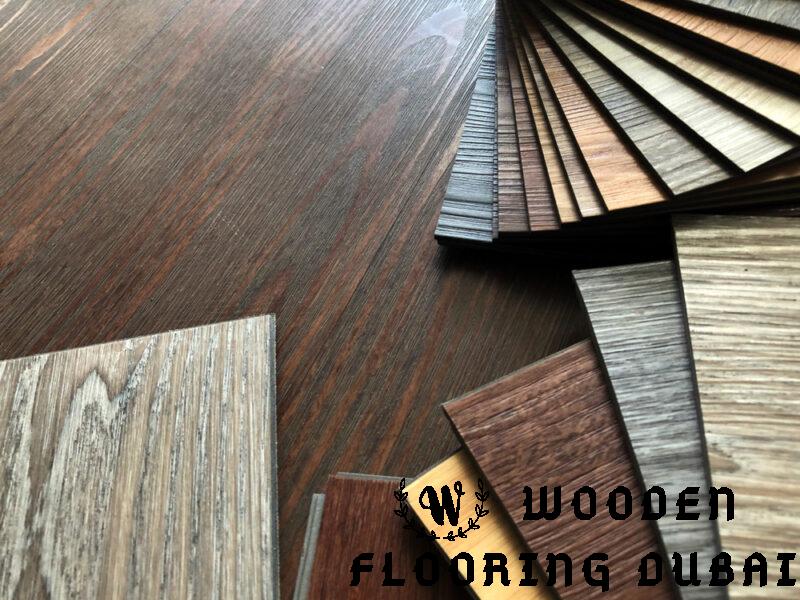
Best flooring types: Option for each room
There’s no home decorating challenge quite as frustrating as old, worn-out floors. You can paint the walls, add accessories, and even replace furniture on a budget, but replacing an entire floor is a much bigger and costlier job.
That doesn’t mean you just have to live with your ratty old carpeting or scuffed-up vinyl. These days, there are lots of different flooring options, including several that are very affordable. Vinyl, laminate, and some kinds of tile can all cost under $1 per square foot.
However, you can’t just pick up one of these cheap flooring choices at random and expect it to work in any space where you plunk it down. Each type of flooring has advantages and disadvantages, and a type that’s ideal for one room could be a terrible choice for another.
So before you get started on your flooring project, it pays to do a little research on the different kinds of flooring and learn about their costs and benefits. Then, you can find a floor that fits both your space and your budget.
Types of Flooring to Consider
No one type of flooring is ideal for every room. For example, hardwood is consistently popular because of its warm, classic look, but it doesn’t hold up well to moisture or rough treatment. Here’s a look at the pros, cons, and costs of several popular types of flooring, as well as some ideas about which are the best flooring options for specific areas.
Hardwood
Solid wood has been one of the most popular types of flooring in the U.S. for decades. Its construction is about as simple as you can get — wooden boards or planks between 0.5 and 0.75 inches thick, which are installed by nailing them to a wooden subfloor.
Types
Solid wood flooring comes in either strips, which range in width from 1.5 to 2.5 inches, or planks 4 to 8 inches wide. It can be made from many kinds of wood, from domestic species such as oak and maple to exotic varieties such as Brazilian cherry or purple heart.
Wood flooring can be sold either finished or unfinished. If you choose unfinished flooring, you will need to sand and finish it after installing it. According to Consumer Reports, prefinished wood flooring typically costs less and involves less work. Also, the factory-installed finishes are usually more durable than anything you could do yourself.
Wood is a renewable resource, but it isn’t always harvested in sustainable ways. Cutting trees without planting new ones in their place, or cutting them faster than new ones can grow, contributes to global warming. If you want to be sure your wood floors come from sustainably managed forests, look for flooring certified by the FSC (Forest Stewardship Council) or the SFI (Sustainable Forestry Initiative). You can also look for reclaimed wood flooring, which has been recovered from old buildings that have been torn down, but it’s much harder to find and can be more expensive.
Advantages
People love solid wood flooring because it looks great in any style of home with any decor. It’s also very long-lasting since it can be refinished up to five times to remove surface scratches. Experts say adding hardwood floors can increase the resale value of your home as well. According to Realtor.com, homeowners who install new hardwood floors can expect to make back 70% to 80% of the cost when they sell.


0 comments